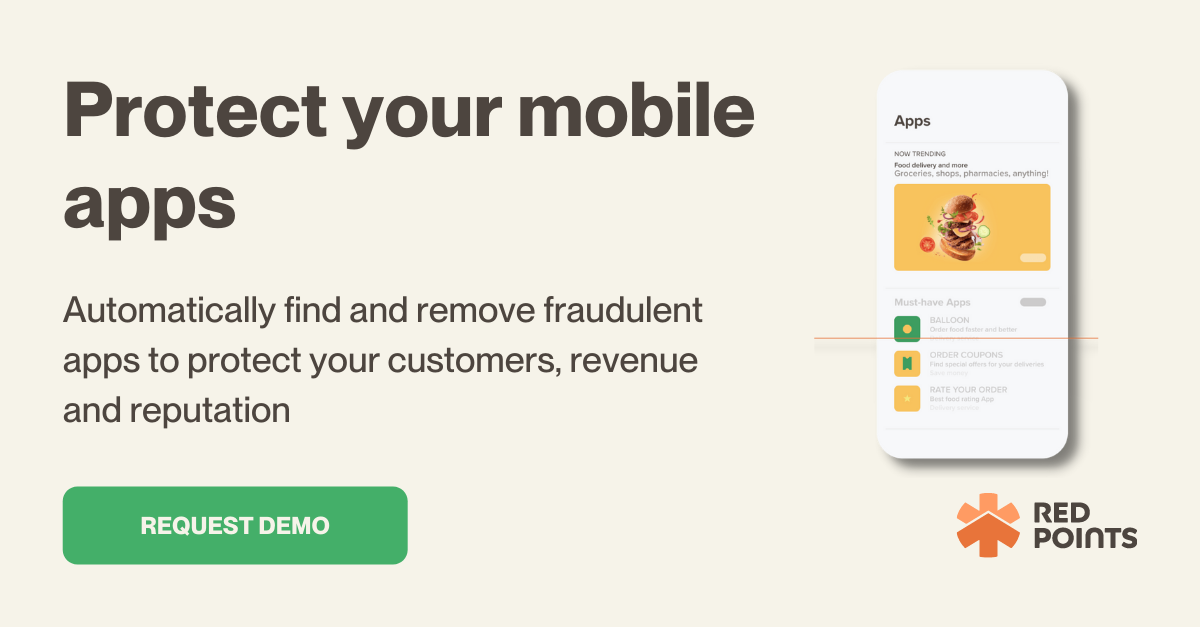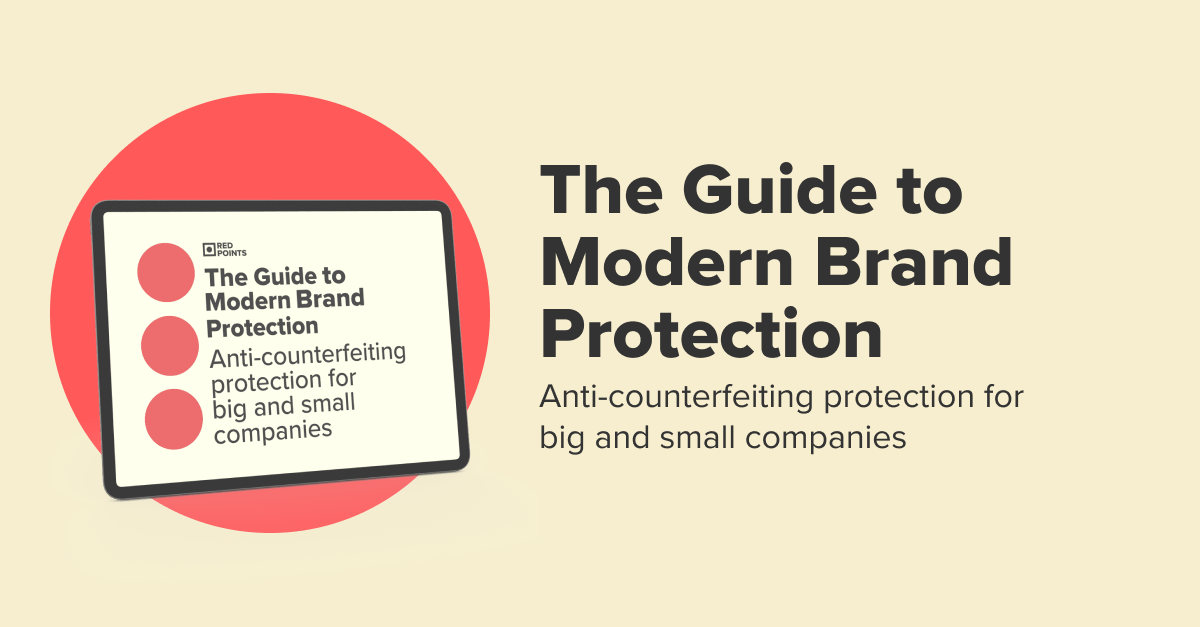Google Play Store has been plagued with fake mobile apps for many years.
In September 2021, 200 fake rogue apps, most of which were impersonations of popular apps, made it on the Play Store and stole personal information from over 10 million phones. The total number of downloads was estimated to be between 4 and 17 million. According to a report, mobile app developers lose over $3-4 billion every year across different app stores because of app piracy.
More than just financial losses, intellectual property violations in mobile apps can also affect customer loyalty and brand reputation.
In a world where scammers are always looking for a way to trick users and make quick money, businesses now don’t just need to spend time managing and updating their mobile apps, they also need to protect their mobile apps to avoid intellectual property violations.
Common mobile app infringements
Mobile app infringements affect businesses across several app stores in numerous ways, including:
Unauthorized apps
These are impersonation mobile apps that look very similar to the original but are actually scams. Often, scammers post downloadable APKs of these apps on unauthorized third-party app stores to trick users.
Fake apps
Fake mobile apps are created by scammers to mislead users and steal their data. Often, fake apps will have a similar name or logo as the original app but these fake apps are not always exactly the same.
For instance, WhatsApp Plus was an app that was marketed as ‘WhatsApp but more’ to users. It claimed to add numerous extra features to the existing WhatsApp platform which led to many users downloading it. But the app was actually a scam and it had malware in it to steal users’ personal data like contacts, chat, and pictures.
Fraudulent mobile apps
Fraudulent mobile apps are created to accurately mirror legitimate apps in the Play Store or App Store. The goal of these impersonated mobile apps is usually to trick users into thinking they are downloading legitimate apps in order to steal their personal information or convince them to make purchases. Since these fraud apps completely copy the original apps, they infringe on the copyright or trademark of businesses to deceive unsuspecting customers.
Intellectual property rights in mobile apps
The concept of a mobile app cannot be protected, which means you cannot directly get the rights to an entire mobile app.
For instance, if there is a mobile game that includes bursting balloons in it, then you can protect it in a way that no one can directly replicate the mobile app in its current form, but that does not mean no other mobile app game can burst balloons. Other mobile developers could modify the same balloon game and present a new version of it.
Let’s take a look at the different intellectual properties and how they can help protect different elements of your mobile app:
Copyright
Copyright registration can protect your mobile app’s visuals, images, sounds, and any other literary works. You can also protect your app code under copyright law. Though, if you are using some open source code in your app then that cannot be copyrighted since it’s already in the public domain.
You can copyright individual parts of the app code or the entire app code collectively.
Trademark
You can protect your app’s logo, name, and brand by registering for a trademark. In case you provide features/ services through your app which are unique to your business and they have a name that you have come up with, then you can trademark that as well.
Patents
Mobile apps that have a specific non-obvious unique feature or introduce a new invention can be patented. For instance, mobile apps that have GPS receivers, sensors, and accelerometers to collect data can be potentially patented.
However, if your app just combines existing inventions or uses a pre-existing idea, then it may not be eligible for patent protection.
How to report an app on Google Play
1- Go to Google’s Removing Content page and choose Google Play: Apps
2- In the ‘What can we help you with’ section, select the Intellectual Property issue. You can then select Copyright or Trademark, based on the type of IP infringement.
3- Depending on the type of intellectual property infringement, you will be redirected to a trademark infringement form or a copyright infringement form.
You will be asked to provide details about your intellectual property and how it’s being infringed. You can also upload screenshots of infringed materials.
In case of a trademark infringement, you will have to upload your trademark registration documents and registration number to prove that you own the given trademark.
It can take Google anywhere between 2-3 weeks to respond back to your request.
What’s next
It’s important to report apps for intellectual property violations before they can cause any permanent damage to your business reputation or revenue. As a result, you need to constantly be on the lookout for any kind of infringement.
Red Points’ Mobile Apps Protection solution can automatically track and shut down fake mobile apps across numerous official and non-official app stores including Google Play, App Store, Microsoft Store, and more.
See how you can find and remove fraudulent apps to protect your customers, revenue, and reputation






